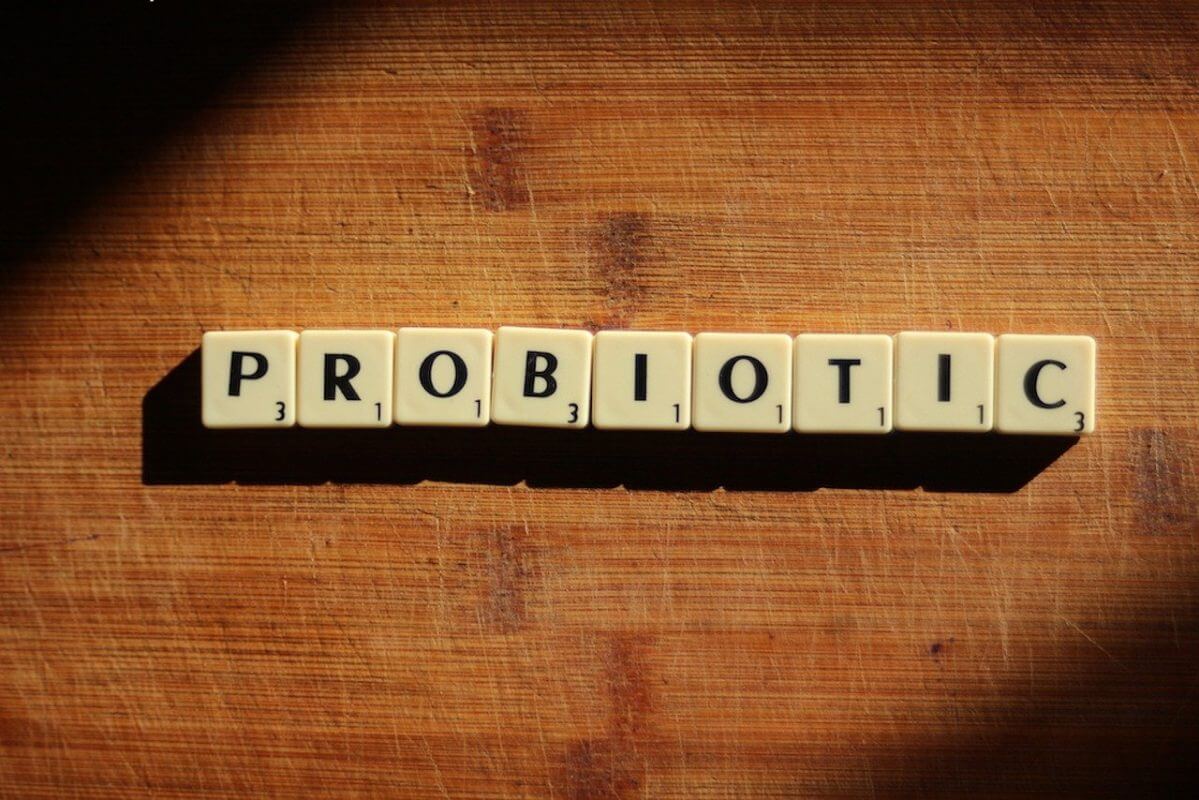Benefits of Probiotics
Recently winter has arrived, I think we all start to save food! These days, I went to the supermarket and saw a very special snack: probiotic cereal crisps. According to the package description is the use of dry way to probiotics into the cereal crisps. I felt amazing to buy a packet to try to see, I did not expect the taste is good. Modern people’s lives are busy, and various health foods are flooding the market, and probiotics are a big part of it. And the benefits of probiotics have corresponding effects in terms of intestinal health, urinary tract and sleep.
Classification of probiotics
Probiotics can be roughly divided into bacteria and fungi. The common bacteria are Lactobacillus, Bifidobacterium and Bacillus, while the common fungi are Saccharomyces. According to historical records, the first probiotics consumed by humans came from yogurt.
Common probiotics and the benefits of probiotics include:
| Type | Name | Presence Location | Benefits of Probiotics |
| A | Lactobacillus acidophilus | Small intestine | Maintain intestinal flora and inhibit the growth of vaginal molds |
| B Lactobacillus bifidum | Bifidobacterium bifidum, B. lactis, Longum | Large intestine | Promote the function of bowel movement |
| C | Lactobacillus casei | Whole intestine | Normalization of the intestinal flora |
| LP | Lactobacillus paracasei | Whole intestine | Improve allergy and atopic dermatitis |
| LGG | Lactobacillus rhamnosus GG | Large intestine | Improve allergies, diarrhea, prevent tooth decay and periodontal disease |
Other more specific probiotics are:
| Name | Benefits of Probiotics |
| R: Lactobacillus reuteri | Improves gastroenteritis, allergic rhinitis, and inhibits Helicobacter pylori |
| Lactobacillus rhamnosus GR1 | Prevention of vaginitis and urethritis in women |
| PS128 probiotic | Improve depression, anxiety, autism |
| Lactobacillus reuteri GMNL-263 | Reduce blood lipids and body fat |

Prebiotics and Embedding Technology
Some products also have additional prebiotics. Prebiotics are sources of nutrients for probiotics, which are usually indigestible to humans. Common prebiotics include fructooligosaccharides, galactooligosaccharides, chicory fiber and other ingredients. Prebiotics can promote the reproduction of probiotics in the gastrointestinal tract.
In addition, the “Embedding technology” uses proteins to cover probiotics, making them highly resistant to acid and alkali, and improving the activity and high stability of probiotics so that they can reside in the digestive tract more often after reaching the digestive tract.
Effectiveness
Features that an ideal probiotic should have
- Resistant to damage by stomach acid and bile salts
- Low or no pathogenicity
- Needs to be able to adhere to intestinal epithelial cells
- Modulates the immune response of the intestine
The physiological role
- Shortens the time food stays in the intestine
- Promotes fermentation of food
- Barrier effect
- Regulates the immune response of the intestine
Clinical uses
- Diarrhea caused by antibiotics
- Traveler’s diarrhea
- Rotavirus infection
- Irritable bowel disease
- Colorectal cancer
- Gastric ulcer with Helicobacter pylori infection
Modern people are gradually decreasing the good bacteria in the intestinal tract due to aging and chronic diseases, westernized diet, and antibiotics. It is really fascinating to see all the effects of probiotics. Probiotics can be said to be a small bacterium that can make a big difference. Although the benefits of probiotics are numerous, they cannot replace the daily diet and can only be used as a supplement to the diet. Only a balanced diet and regular exercise is the only way to be healthy!
Extended Reading of the benefits of probiotics
For other studies, such as antidepressant and psychotropic effects, please refer to the following link if you are interested:
Karakula-Juchnowicz, H., J. Rog, D. Juchnowicz, I. Loniewski, K. Skonieczna-Zydecka, P. Krukow, M. Futyma-Jedrzejewska and M. Kaczmarczyk (2019). “The study evaluating the effect of probiotic supplementation on the mental status, inflammation, and intestinal barrier in major depressive disorder patients using gluten-free or gluten-containing diet (SANGUT study): a 12-week, randomized, double-blind, and placebo-controlled clinical study protocol.” Nutr J 18(1): 50. 🔗
Kim, C. S., L. Cha, M. Sim, S. Jung, W. Y. Chun, H. W. Baik and D. M. Shin (2021). “Probiotic Supplementation Improves Cognitive Function and Mood with Changes in Gut Microbiota in Community-Dwelling Older Adults: A Randomized, Double-Blind, Placebo-Controlled, Multicenter Trial.” J Gerontol A Biol Sci Med Sci 76(1): 32-40. 🔗
References:
THE JOURNAL OF TAIWAN PHARMACY 🔗
3 minutes to learn about probiotics, how to eat and what to choose to enhance your health! (Chinese) 🔗
Cover photo from pixabay.com 🔗

